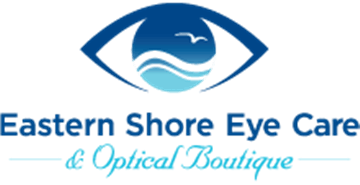 As a parent, you want to ensure your child is healthy in every way possible. That includes making sure that their eyesight is functioning properly. A staggering 25% of kids have an undiagnosed eyesight issue. In some cases, children may need vision therapy to address these issues. But how do you know if your child needs vision therapy?
As a parent, you want to ensure your child is healthy in every way possible. That includes making sure that their eyesight is functioning properly. A staggering 25% of kids have an undiagnosed eyesight issue. In some cases, children may need vision therapy to address these issues. But how do you know if your child needs vision therapy?
What is Vision Therapy?
Vision therapy is a type of treatment that involves a series of eye exercises and activities to improve the visual skills of children. The purpose of vision therapy is to increase eye-brain coordination and communication.
Vision therapy is performed under the supervision of a trained optometrist or ophthalmologist. The duration of therapy can vary depending on the child's specific needs and the severity of their condition.
Signs That Your Child Needs Vision Therapy
There are many reasons why a child might undergo vision therapy. Here are some signs that you can look out for to know if your child may need vision therapy:
Frequent Headaches or Eye Strain
It may indicate a problem with their visual system if your child frequently complains of headaches or that their eyes hurt. Vision therapy can help address the underlying issues and reduce these symptoms. Encourage your child to inform you if one or both of these symptoms occur.
Difficulty Concentrating or Paying Attention
Your child may have a vision issue if they have trouble focusing or paying attention. Vision therapy can help improve eye-tracking skills and visual processing, which can lead to improved concentration and attention span.
Squinting or Covering One Eye
Double vision or blurred vision can indicate an underlying vision problem, such as amblyopia or strabismus. This is sometimes difficult to detect as a parent. Keep a look out for indications like covering one eye or squinting. Vision therapy can help correct these issues and improve visual clarity and discomfort.
Difficulty with Reading or Comprehension
If your child struggles with reading or comprehension, it could be due to a vision problem. Vision therapy can help improve eye movement skills, which can make reading easier. Pay close attention to their reading and then ask them questions about it.
Poor Hand-Eye Coordination
Does your child have poor hand-eye coordination, like struggling to follow objects with their eyes? Vision therapy can help improve hand-eye coordination and visual processing skills.
Head Tilting or Turning
If your child frequently tilts or turns their head, it could be due to a possible vision problem, like misalignment of the eyes. Vision therapy can help correct this issue and improve overall visual function.
If you notice any of these signs in your child, schedule a comprehensive eye exam. During the exam, the optometrist will evaluate your child's visual system and determine if vision therapy is necessary. If so, a customized treatment plan will be created to address your child's specific visual needs.
It is important to remember that vision therapy is not just for children who have obvious vision problems. Even children with 20/20 vision can benefit from vision therapy. Investing in your child's visual health can positively impact their future.



